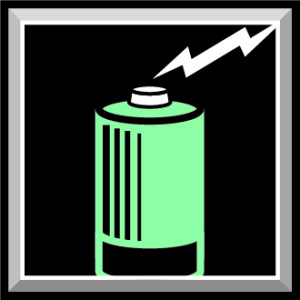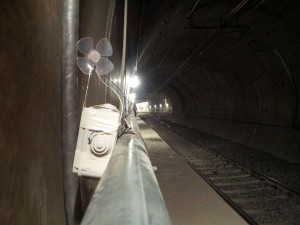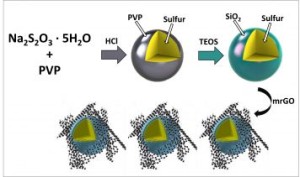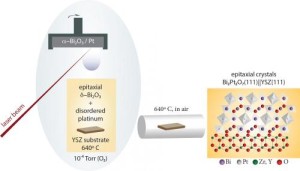
Synthesizing the material as a thin film instead of as a bulk powder opens up new possibilities for fuel cell technology.
Image: A. Gutiérrez-Llorente/Cornell University
Researchers from Cornell University have developed a way to synthesize a new thin-film catalyst to improve efficiency and effectiveness in fuel cells.
For the first time ever, researchers were able to explain the epitaxial thin-film growth of a fundamental electrode component of the fuel cell, which could result in a more effective cathode.
“Up to now, research on oxygen catalysts in thin film form for clean-energy applications has been focused on the perovskite-structured oxides and their structural derivatives,” said lead researcher Araceli Gutierrez-Llorente. “The much less studied cubic pyrochlore structure is an appealing alternative to perovskites for such applications as fuel cell cathodes.”



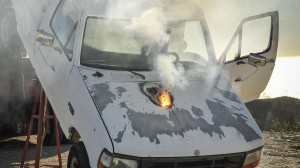

 Ningde Amperex Technology Ltd. (ATL, China) is announcing a funding opportunity for researchers actively engaged in rechargeable lithium battery technologies. They are offering $100,000-$500,000 to selected projects addressing current problems associated with lithium metal anodes and proposing viable solutions for the commercialization of long-life, high-performance lithium metal secondary batteries for high energy density applications.
Ningde Amperex Technology Ltd. (ATL, China) is announcing a funding opportunity for researchers actively engaged in rechargeable lithium battery technologies. They are offering $100,000-$500,000 to selected projects addressing current problems associated with lithium metal anodes and proposing viable solutions for the commercialization of long-life, high-performance lithium metal secondary batteries for high energy density applications.